Homemade Insect Repellant: Tips to Keep Bugs Away
The typical breeding grounds for all types of bugs such as flies, cockroaches, mites, mosquitoes, etc are dirty and stagnant water, garbage dump, and even poop. In order to get rid of these diseases-carrying creatures, we need to plan a strategy and take them out with our homemade insect repellent, if you know what I mean.
Think about it; it starts with a few cockroaches which then multiply and suddenly there’s no escaping. It is a standard problem no matter where you go. Bugs, insects, and creepy crawlies can be practically found everywhere on planet earth (possibly on mars too but we aren’t sure though). Well, for outdoor adventure seekers, getting rid of insects is one of the many challenges they face.
Why Homemade?
Are you planning on a trekking adventure anytime soon? Do huge mosquitoes always invade your evenings? Is your camping tent filled with insects when you’re out and about?
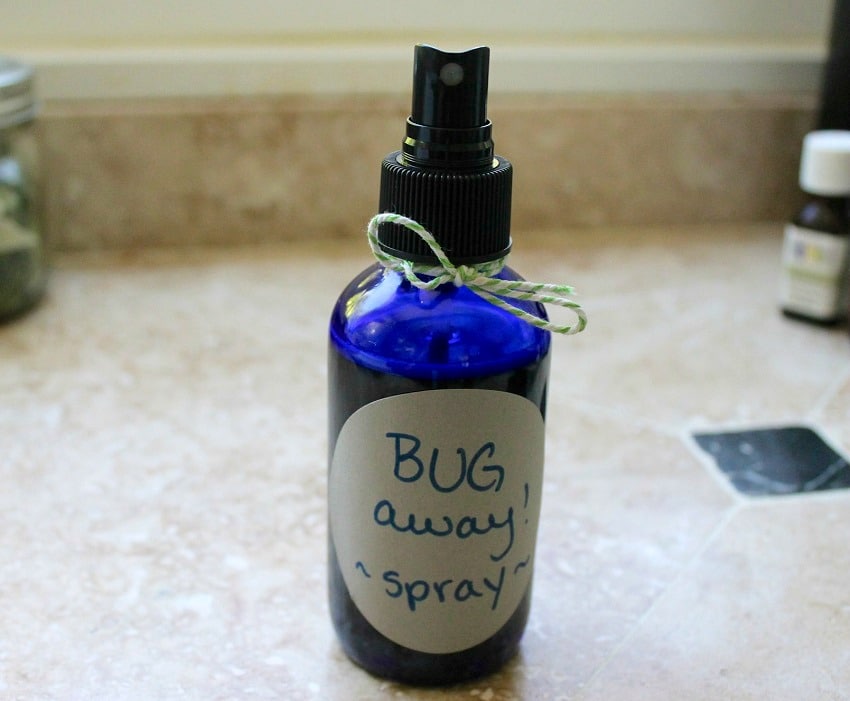
It becomes very important to get rid of mosquitoes due to several reasons like diseases, germs, painful bites, etc. Spending multiple nights in a row out in the wilderness throws a lot of challenges. When you’re camping outside, not only does it pose a threat of getting bit by an insect but also, a threat to your life as well. Hence, finding a suitable bug-repellent solution becomes a top priority.
See also: Sunscreen With Bug Spray: Why You Should Use It
Another reason for using homemade insect repellents is to avoid the excessive use of the harmful DEET chemicals found in commercially sold ones.
You can easily make an insect repellent in the comfort of your home. It is much more inexpensive and requires natural/herbal mixes along with a few other ingredients to make. You can make numerous variations.
Homemade Natural Insect Repellent
Many people who go out on treks, camping, or wildlife touring post queries on social media pages asking how to make an all-natural homemade insect repellent that is very effective in the wilderness. So I got to work, and here I am with a list of the best insect repellent recipes that one could use to stay safe from all the blood-sucking mosquitoes or ticks in the night while camping in a forest.
DIY Mosquito Repellent
This mosquito repellent is natural, homemade, and easy to make. You can use this repellent when you need to get rid of mosquitoes all around you in the wilderness.
The recipe is a mere 5 to 6 steps of mixing, shaking, and spraying. A lot of us fall into trouble when we’re too focused on the adventure, and we forget to carry some insect repellent along with us.
The wilderness happens to be some sort of breeding ground for millions of mosquitoes. We’ve all faced it at one point in time or another. Getting bit by blood-sucking mosquitoes can be a real fear. The red and swollen skin after mosquito bites; yes, that’s a scary sight. Let alone the diseases that follow. So we prepared a homemade recipe for an all-natural mosquito repellent.
Ingredients:
- 1-1/2 tablespoon of water
- Castor Oil- 1 teaspoon
- Rosemary essential- 8-10 drops
- Lemongrass oil – 8 drops
- Geranium essential oil- 4-5 drops
Procedure:
- Pour all the above-mentioned ingredients very carefully into a small spray bottle.
- Shake the bottle vigorously.
- Spray the contents. Remember to shake the bottle before every single use or spray.
Note: You can even double or triple the ingredients and use it via a larger spray bottle for better results too.
Natural Insect repellent for Camping
The ingredients necessary to prepare this natural and homemade insect repellent are as listed below:
- 4 drops of Thyme
- 8 drops of lemongrass
- 4 drops of lavender
- 4 drops of peppermint
Application:
- Placing a cotton ball with 3 drops of the repellent near your sleeping pillow inside your camping tents.
- Hanging paper strips or ribbon strips outdoors at the balcony and this case, outside your camping tents or sheds with a few drops of the solution on it.
- You can even mix it with your body lotion and wear it onto your skin before camping.
- You can make a water-based splash too. 5 tiny drops of the mix along with 5 tablespoons of water and 1 Tablespoon of hazel.
Apply the mix onto your skin in the best way suitable for you.
You can use this specific homemade repellent in many different ways. The spray will avert all possible insect-related dangers for a very long time. But every time you use it, you need to shake the repellent container. Be careful not to swallow the repellent while using it as a mix along with your body lotion.

This particular insect remedy is beneficial for adults, babies, children, and anybody camping outside in the dark. There are often many mosquitoes that show up while camping outside. Using this spray on in one of the many ways as mentioned above, helps in getting rid of these mosquitoes.
Mosquitoes often target the ankles. Always ensure to keep them covered to the extent possible. You can even apply a few drops of citronella or lavender on top of your socks. This will most certainly keep those mosquitoes from sucking up your blood.
Bugs-Be-Gone Balm
Apart from the pollution and the noise, mosquitoes screw up all the fun time outside too. Most of the traditional and commercially available pest and insect control products available for outdoor adventurers contain some sort of questionable item or another. These things may prove to be harmful to us all. Besides that, it doesn’t even work all the time as well.
[the_ad_group id=”22″]
Being outside is fun, but requires additional bug safety too. You don’t want mosquitoes, spiders, and other creepy-crawlies to get on you while you freely enjoy your outdoor adventures. It is absolutely fantastic when the hungry bats feed on those blood sucking mosquitoes like hot pancakes. But you can’t rely on bats at all times so, presenting, The Bugs-Be-Gone Balm.
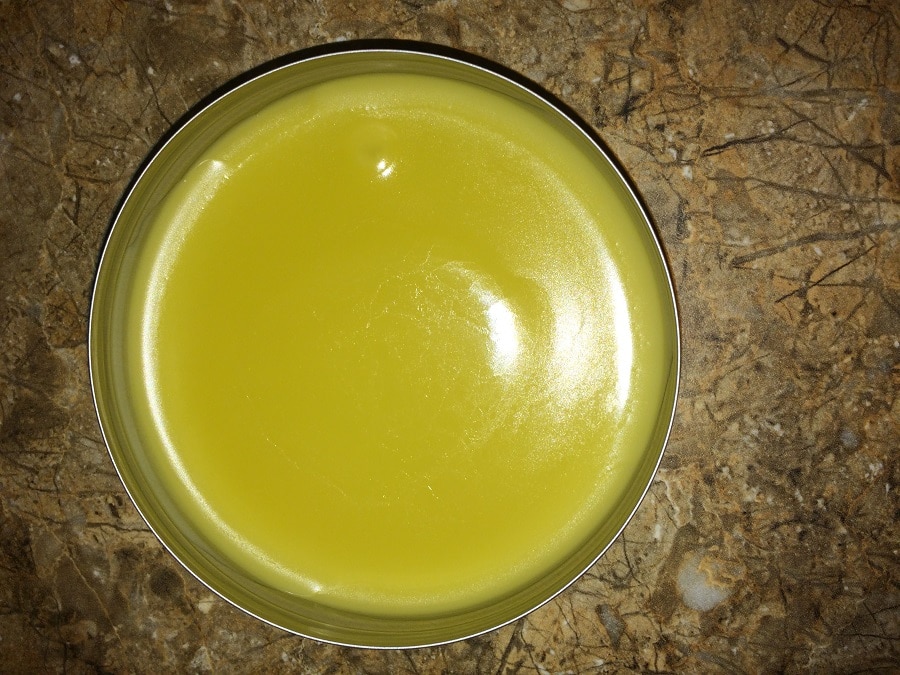
It is a small homemade recipe to your large mosquito issues. The recipe to this homemade insect repellent basically begins with a hard lotion bar. Equal parts of oil, butter, beeswax are found in right proportions in a hard lotion bar. You can make use of simple coconut oil to make it less greasy.
Instructions:
- Mix all the ingredients in a pan without the oils and gently melt the items with a low heat.
- After the beeswax has melted off totally, you can add the essential oils.
- Mix the ingredients well and pour it into a glass jar that is labelled well.
It will begin to solidify and within 30 minutes you’ll have the balm ready to be used. You can carry it around in your backpack and you don’t even have to worry about it spilling or perhaps leaking too. It works tremendously fast. You can see the mosquitoes come close to you and then fly away like they don’t wanna mess with you.
All Round Bug Spray
Uses:
- You can apply the balm onto your skin for added safety from insect bites. The balm will repel most insects approaching you in the wilderness.
- You can even use it as a spray. Spraying it on your hiking or trekking clothes will help you enormously too. It is absolutely non-toxic in nature and safe around children too.
Ingredients:
- 3oz of Witch Hazel
- Citronella essential oil- 20 drops
- Eucalyptus oil- 10 drops
- Catnip oil- 10 drops
- Thyme oil- 5 drops
- Neem oil– 3 drops
Procedure:
- For roughly 3 oZ of the witch hazel, add 40- 50 drops of the essential oils in the order mentioned above.
- Mix all the ingredients well and add a little vodka to it.
- Pour all of the ingredients to a container. Preferably a container with a trigger sprays on top. This helps spray the mix easily.
Once you’ve made this mix a few times, you can just go ahead and do it a lot more time without actually sitting and counting the exact number of drops. The trick practically lies the essential oils and it is these oils that keep the mosquitoes and insects at bay.
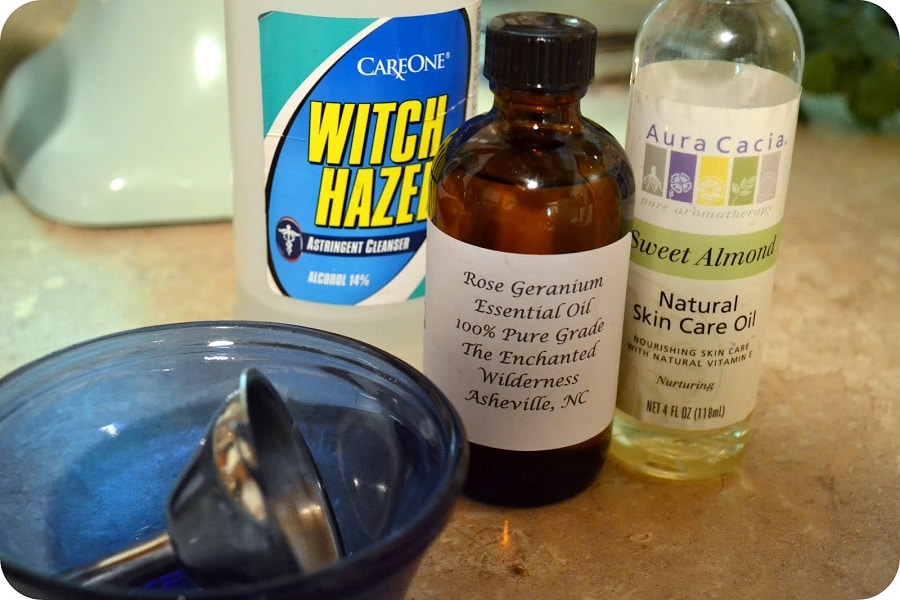
The neem content in the mix needs to be very little since you can use it on your face and your arms too. It is not harmful to your skin and can help repel insects for a very long time. The effects don’t wear off that easily. Neem certainly smells very strong but you’ll eventually get used to it. It the smell of the al round bug spray bothers you a lot, it is recommended to add a few drops of lavender extract to it. Lavender can make anything smell fragrant.
Bug Spray using dried herbs/fresh herbs
Ingredients:
- Distilled water
- Rubbing alcohol
- Dried herbs: catnip, peppermint, citronella, lavender etc.
Instructions:
- Start off by boiling 1 cup of water. This is the first step in the preparation of bug spray using fresh herbs.
- Add 3 or 4 tablespoons of herbs. You can go with any combination you like, from the ones mentioned above. You can add in a couple of dried cloves too.
- Mix the ingredients well. Shake it well too. Cover the vessel carefully and let it cool for a while. Since the essential oils are volatile, covering becomes all the more important.
- Remove the strained herbs out of the mixture. Now add a cup of water with the aforementioned rubbing alcohol.
- Mix all of it very well and pour the mixture into a bottle. Keep it stored in a cool and dry place for extra caution.
- You can also add in lavender to enhance the smell. Use it carefully.
**Tip: If you think that this recipe isn’t strong enough to kill the bugs in your wilderness camping site, you can make a much stronger version of the spray too. To make a strong mixture, prepare the dried or fresh herbs in an alcohol mixture much like a tincture.
Strong Insect Repellent
A note of caution: The strong insect repellent reeks when it is just wet. Although the foul odor slowly disappears as it begins to dry out.
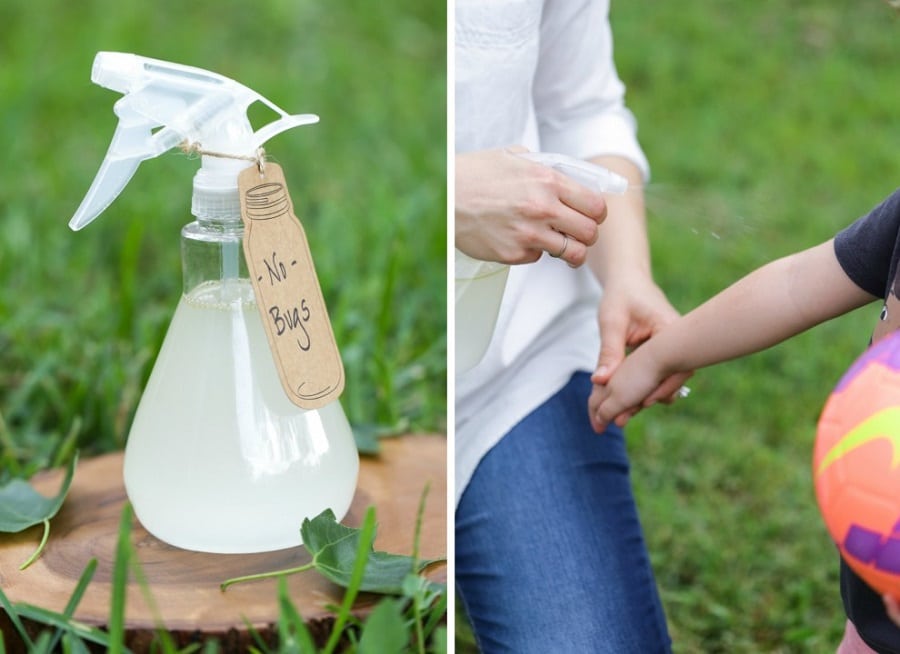
If your camping area is infested by ticks, this repellent is magical. It is heavily powerful and works like a charm. The effects are really long lasting too. Legend has it, that the recipe to prepare the strong bug repellent was inspired from the recipe that thieves used to keep themselves away from falling ill during the plague. Check out our piece on the top and safest insect repellent that you can use.
The spray is so strong that it will keep all sorts of flies, moths, ticks and bugs far away from your home. It is certainly inexpensive as it is homemade and never fails to perform as well.
Ingredients:
- Apple Cider vinegar
- 2 tablespoons of rosemary, mint, thyme, and dried sage.
- Quarter size and air tight glass jar for storage.
Procedure for preparation:
- Begin the preparation by placing the vinegar and the herbs inside of the glass jar.
- Place the mix on a location where you’d see every day. It should be easily visible since you need to shake the jar vigorously for 2/3 weeks.
- After 3 weeks of shaking, take out the herbs and store the remaining solution in a tincture bottle. It works best when stored in a refrigerator.
- Dilute the solution with half of water if you’re seeking to use the lotion on the skin as repellent too.
- You’re ready to go! Use it anytime there is a serious bug trouble lurking around you.
**Note: This strong bug repellent is highly useful and has a lot of antibacterial and antiviral properties. You can use the tincture for illness too but with the right amount of application or doses.
Store bought alternatives
In case it’s too late and you really need a bug repellent solution as soon as possible, you could go ahead with a few good store bought natural repellent too. Some of the good commercial insect repellents are as follows:
- Yellow Bird Insect Repellent
- Babyganics insect repellent
- Herbal Armor
These ones mentioned above are all natural. You have to be careful to not buy a chemically made one. The more I read about this DEET, the more I feel the need to educate people on the issue.

Always go for an alternative solution beforehand prior to opting for a commercially available one. The basic idea behind natural and homemade insect repellent is that different oils or combination of various oils kill different insects, period.
Advantages of A Homemade Repellent Over A Store Bought Ones
Apart from the fact that the store purchased ones don’t often work; the following are a few of the key differentiating factors when it comes to homemade insect repellent.
- Simplicity: I think by now you’ve realized that all it takes is a few essential oil drops and some lavender and voila! You can have your own insect repellent. It is as easy as it gets. Whether it is buying the ingredients, mixing them or preparing the recipe; it is extremely simple and the solution is long lasting as well.
- Variability: Homemade recipes are practically the most customizable insect repellent solutions achievable. You can add the ingredients of your choice. Add the fragrance that you want. You can even mix between several combinations to make effective sprays and balms for different types of insects too. Not only is it powerful but very variable too. It is so easily makeable that you can make it with the ingredients in your kitchen. Commercial insect repellents don’t allow variations of any sort.
- Purity: Most commercial insect repellents are impure and contain highly fatal ingredients too. The presence of DEET makes it all the more questionable as well. While commercial repellent products are that much questionable, homemade insect repellents are otherwise. They are made out of pure essential oils and other pure products making them completely a child, adult, outdoor and home safe products.
- Versatility: In addition to all the advantages mentioned above, homemade bug repellents are highly versatile too.
You can make any bug repellent you want and then apply it or spray it wherever you wish. These repellents, unlike the commercial ones, are safe for your skin or your clothes too.
[the_ad_group id=”23″]
So, no more worrying about the harmful side effects of a mosquito kill anymore. The aforementioned insect repellent recipes have got you covered.
Additional Tips and Cautions
There are a few warnings and tips that you need to keep in mind while handling/preparing any of the homemade insect repellents.
- Since we’re talking about handling essential oils, it must be handled carefully. Pregnant women need to consult a professional prior to using it.
- One of the key warnings with respect to essential oils is to check for any allergic reactions among the people around. Try to test it with a small patch.
- Label then with BIG BOLD
However, in the end of it all, we need to know that even a homemade insect kill is certainly harmful in nature. It most definitely is not suitable for human consumption.
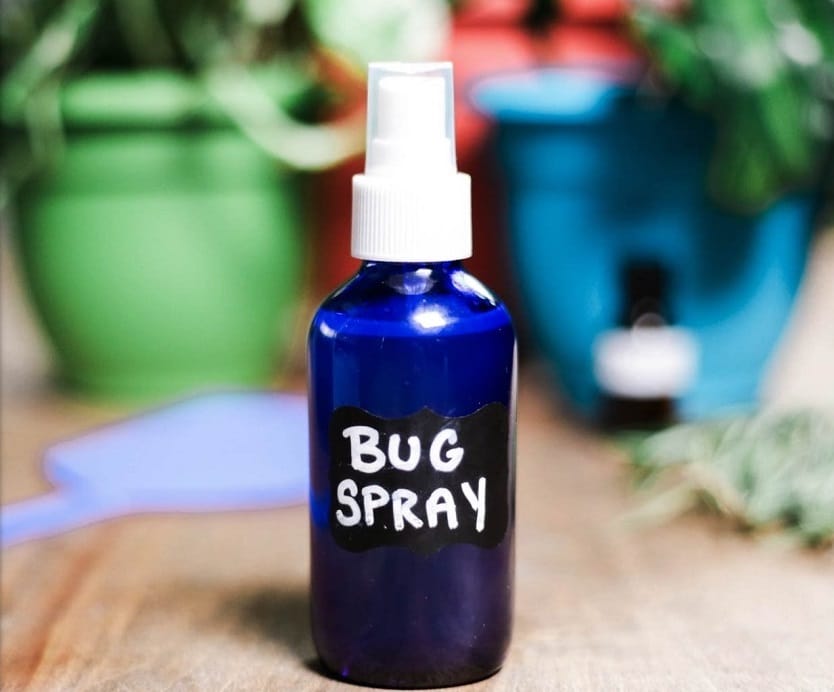
It must also be kept very far away from the reach of children of all ages. Keep your cats away from these mixes too. They don’t go well with the repellents; just saying.
For more bugs-be-gone tips, check out our DIY instructions on homemade mosquito repellent.

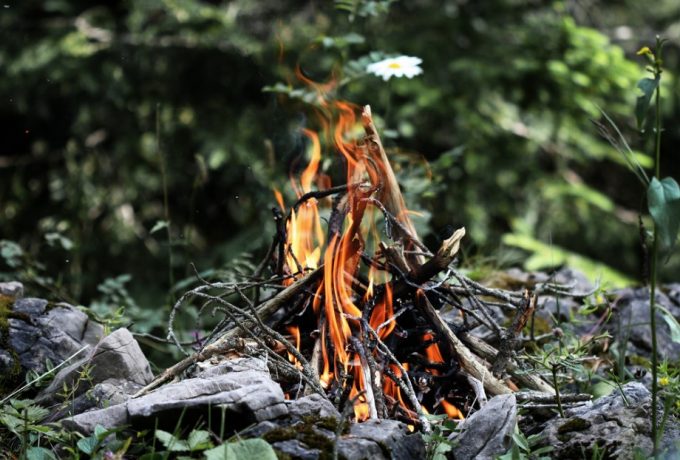
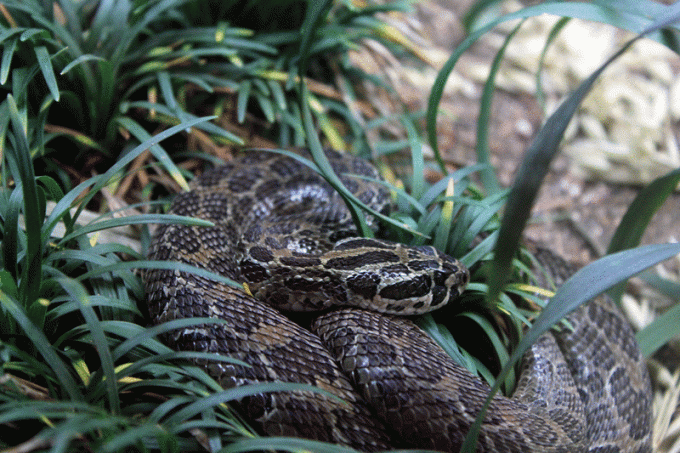
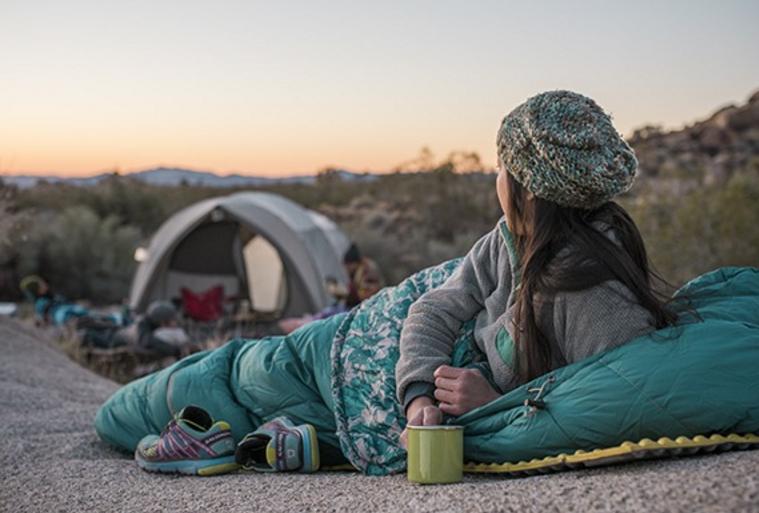



One of the most effective means of dealing with mosquitoes at home is mosquito net on the window. Bloodsuckers just can’t get through the small holes in the mesh. To folk remedies against mosquitoes is the elderberry or as it also called Sambucus. If you have the opportunity periodically to bring home fresh branches of an elderberry, you will see how well they will scare the mosquitos, they are afraid of its smell and try to escape from the room.
Absolutely safe, and follows the basics of creating a really effective barrier is what mosquito nets are about. You can also utilize the scent of select herbs and trees as insect and mosquito deterrent.
Bugs often live in wooden houses. Professionals get rid of insects this way: in hidden places, wood products (windows, wardrobes etc.) drill holes through them and inject insecticides into the tree after the hole immediately sealed. Repellents are gradually impregnating the wood, killing the larvae. Gradually eating wood, the larvae come across the poison and die. This treatment is very time-consuming, and thus it must be repeated several times.
This is the standard procedure, to immerse the wood with the insecticide to make sure that those larvae and insects inside are targeted. I agree that this is a time-consuming process, but this is one of the most, if not most effective.